SF6 Circuit Breakers
Maintenance and Handling of SF6 Breakers
Air Circuit Breakers
What is an Air Circuit Breaker?
Types of Air Circuit Breakers
Medium Voltage Circuit Breakers
Enhancing Power Reliability with MV Breakers
Novel Insulation Techniques for MV Breakers
Circuit Breakers
MCCB Designs for Harsh Environments
Many industrial and infrastructure applications expose electrical equipment to conditions far beyond typical indoor environments. Selecting MCCBs specifically engineered for such challenges is crucial to ensure long-term reliability, safety, and minimized maintenance requirements.
Molded case circuit breakers (MCCBs) are crucial for electrical protection, particularly in environments where they are exposed to extreme conditions. This article explores the essential features of MCCB designs suited for harsh environments, including sealed enclosures, corrosion-resistant materials, vibration ratings, and industry-specific certifications.
Sealed Enclosures for Protection
Importance of Sealing
Sealed enclosures are vital in protecting MCCBs from dust, moisture, and other contaminants prevalent in harsh industrial environments. These enclosures prevent the ingress of harmful substances that could compromise the breaker's functionality and longevity.
Design Considerations
When selecting MCCBs, it's essential to consider the Ingress Protection (IP) rating, which indicates the enclosure's effectiveness against dust and water intrusion. For instance, an IP67-rated MCCB offers complete protection against dust and temporary immersion in water, making it suitable for extremely challenging conditions.
Corrosion-Resistant Materials
Combatting Environmental Challenges
Corrosion resistance is another critical factor in MCCB design for harsh environments. Corrosion can weaken structural integrity and impair electrical performance. Therefore, MCCBs used in areas with high humidity, salt exposure, or...


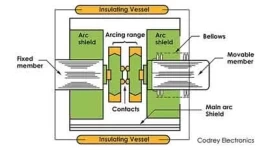




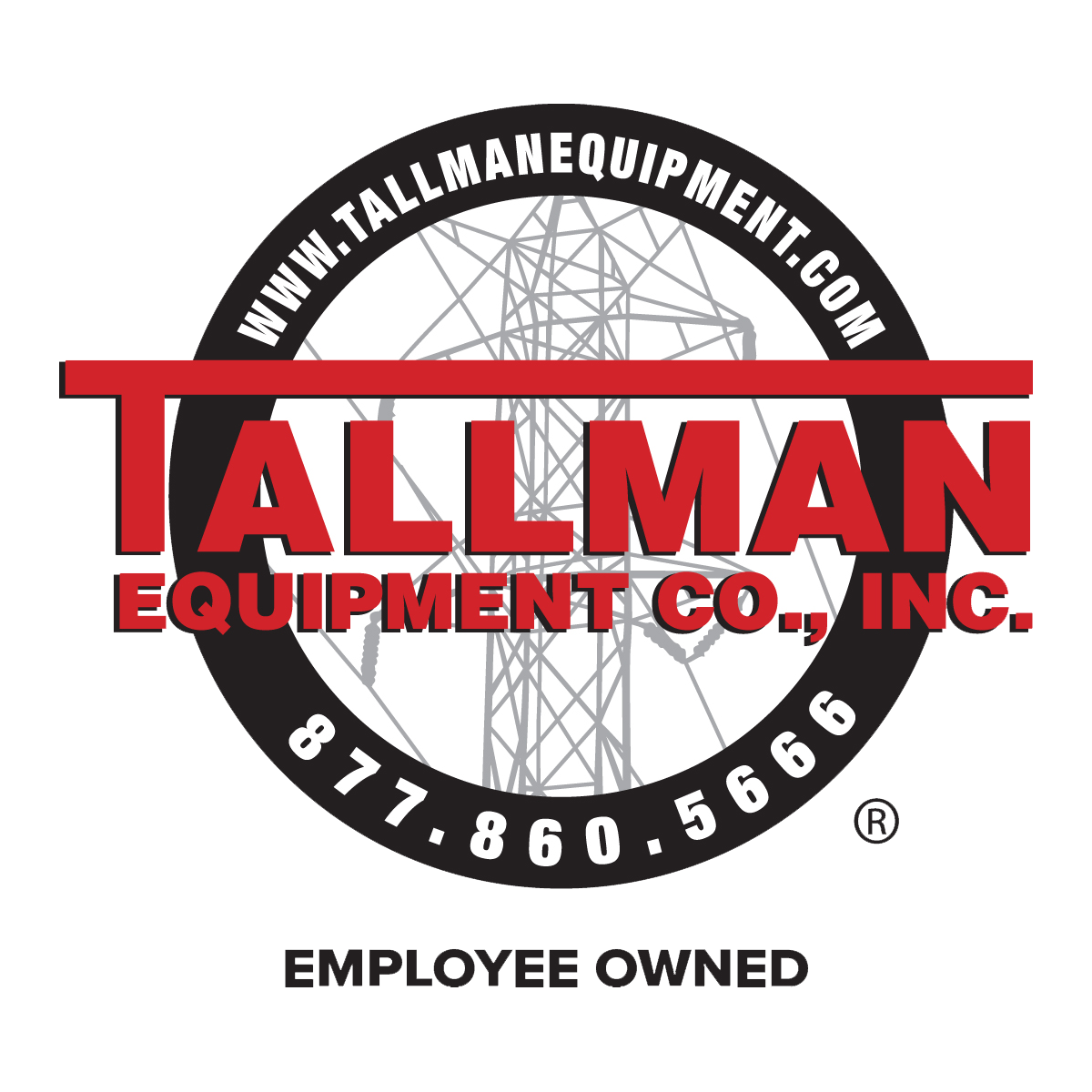





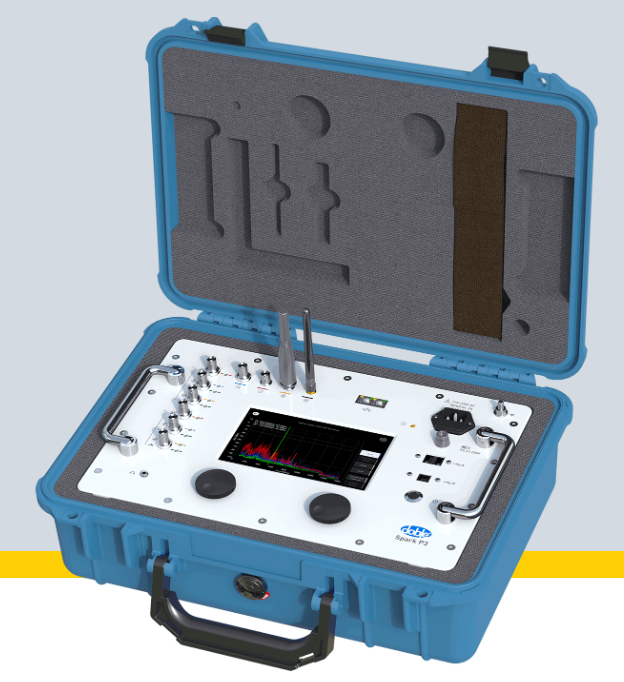
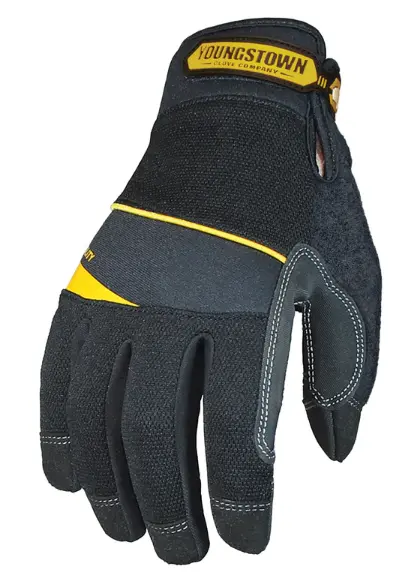
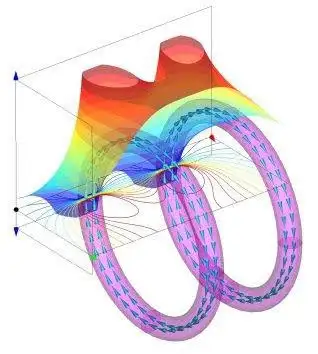
_1703658131.webp)

